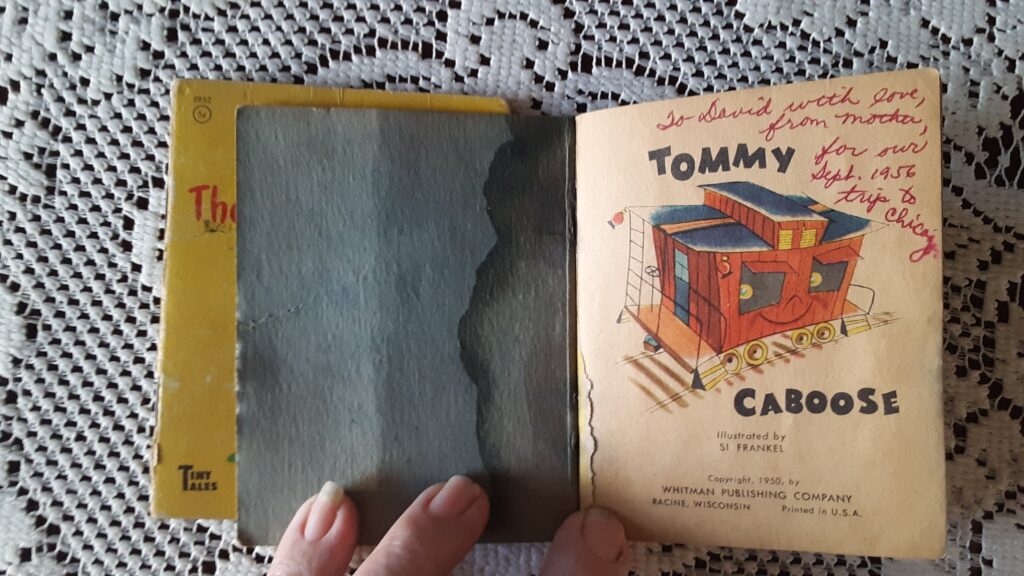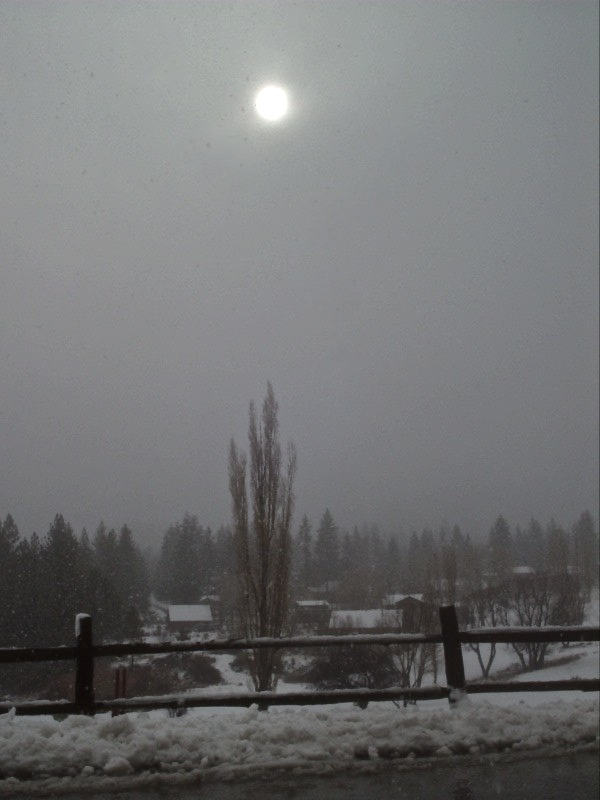Here’s another excerpt from my upcoming book, Some Thoughts About Characters.
Developing Your Characters’ Points of View
Although you may have a clear plot that you have created from the position of author, it is going to look quite different to each of your characters, depending on their particular situation and tempered by where they are coming from and how they see the world in general.
Now your characters aren’t going to be thinking about the plot the way you do. They can’t even see that there is a plot. Rather, they see their situation and have attitudes and feelings about it – some modest and some passionate.
They do their best to understand what’s going on, where things are headed, what their options are, and what they might try to do to bend things more in a favorable direction for themselves and/or those they care about.
Your story will become much more involving if you can convey all your characters’ different perspectives, including information about why they feel that way, what they want, what they don’t want, and even how they feel about each other.
This information can be doled out over the course of your story – a little bit each chapter or act. In this way, an air of mystery envelopes each character and your readers or audience are drawn eagerly forward to learn more about these people that they are becoming attached to.
To begin this process, review what you have developed about your characters and your plot. Now stand the shoes of each of them in turn and write a first person description of how they see themselves and their situation, perhaps telling us about their hopes and dreams, but most of all, let them tell you about their place in the story and what it looks like to them, in their own words and through their own voice, mannerisms, and attitudes.
Here’s a couple of examples from a sample story of mine – a comedy about 105 year old man who was just elected sheriff in an old western town besieged by a gang of cutthroats:
James Vestibule – The New Sheriff
You’d think at 105 I’d be entitled to some peace. But NO! I was born in 1765 when there was no US of A and served in the Revolutionary War. Fought in the War Of 1812 too, and met my good friend Francis Scott Key. In fact, it feels like it was one war on the heels of another. First as a soldier, then as an instructor, and finally as an informal adviser in the war between the states. Too much experience for them to let me be, I suppose.
I had always reveled in the patriotism and glory, but this last conflict left me sour – brother against brother – father against son against grandson (oh, my dear beloved Jonathan). And I think it was that – the loss of Jonathan – that tore me and my wife Armoire asunder. My son, Jacob, had sided with the Rebels, and he was a hard man, even cruel at times. His son Jonathan joined up with the Union. One day Johnathan came home on leave to visit us on our family farm in Kentucky, not knowing Jacob was already there. Jacob just saw the uniform and shot him dead. Once he saw it was his son, he turned the gun on himself and we lost both of them that day.
Armoire and I were cut with such grief we couldn’t even talk, and in short order we divorced. I left her to go out west and try to find some peace in my remaining years. But no sooner do I get here but they thrust a badge at me for the honorary position of sheriff (due to my military experience) and now I have to attend meetings, sit in that rat hole of an office from time to time, and coddle the drunks, cheats, and ne’er-do-wells. Fine life. Honestly, I was still dreaming of that ranch Armoire and I had always wanted, but under the circumstances, I guess that really is just a dream…
NOTES: Okay – this has clearly taken a more dramatic turn than I intended in a comedy. Can I use it? Don’t know yet. Sometimes a good dramatic foundation can enrich a comic character by giving it more depth than simple superficial laughs. You can be sardonic, cerebral, philosophic, and ironic. And in the end, you can make their dreams come true, adding a feel-good experience and a sense of relief to what would just have been a simple comedy if the dramatic depth had not been plumbed.
One thing is sure. This character inspires me.
Let’s try the same thing with a really minor character in my story and see what happens:
Nancy Lacy – Blacksmith
They made fun of me as a child. Mancy Nancy they called me on account of my size. And then I’d bash ’em in the face and they wouldn’t call me that no more. But truth be told, there’s a big difference between how you look and how you feel. You think I dreamed of a life as a blacksmith? Well, you’d be right. I did. I just love bending metal to my will. I love bending anything to my will. But don’t let that fool ya… I only do that to make my life genteel. I have iron daisies over my mantle, just above the 12-gauge.
I pretty much keep to myself, aside from clients – ‘cept for that new sheriff. He’s just so sweet. He sees beyond my looks and can tell that beneath it all, I have a heart of steel.
NOTES – Okay, a potentially comic character here. She needs more development and I can probably write some good material standing in her shoes. But, she doesn’t strike me as having the potential to be a major character at all. Nonetheless, I can see calling on her in the plot from time to time, and even perhaps a touching comic scene when she quenches a blade with her tears.
And that is why this exercise of having each character write about their situation in your story in their own words in first person is so important.
The whole point is to get to know how your characters see themselves, their lives, their role in the story and even how they see each other. Your story will be the richer for it.
You can read samples of all my published books on my Author Page on Amazon here:
https://www.amazon.com/-/e/B0744CGDLV


